However, recently, there have been a series of serious violations of heritage across the country, from the Nguyen Dynasty throne being broken in the middle of the Hue Imperial City, the tomb of King Le Tuc Tong in Thanh Hoa being robbed, to the ancient stele in Hoi An being vandalized.
In addition to the negligence and lack of awareness, there are still gaps in the management, supervision and protection mechanisms of heritage. The Law on Cultural Heritage (amended) 2024, effective from July 1, 2025, is expected to create a strong "push" to fill those gaps, laying the foundation for a new approach and new opportunities in the cause of preserving the invaluable values of the nation.
The series of articles “The boost from the revised Law on Cultural Heritage” by Tien Phong newspaper will analyze in depth the outstanding shortcomings and causes, and at the same time reflect the expectations and recommendations from experts, managers, and people so that heritage can be protected and promoted as a living part of the present and future.
Lesson 1: Red alert from a series of damaged heritages
Almost without having time to overcome the consequences and learn from the previous incident, many relics and heritages continue to suffer new losses. Many relics ranked nationally and even world heritages have become "victims". Although each incident has different causes and forms, there is one indisputable common point: laxity in protection and supervision.
"Destroying heritage is like entering an uninhabited place"
On May 24, 2025, a shocking incident occurred at Thai Hoa Palace ( Hue Imperial City) when Ho Van Phuong Tam (42 years old) sneaked into the exhibition area and broke the left armrest of the national treasure, the Nguyen Dynasty throne. This is the only intact throne of the Nguyen Dynasty, with great historical and cultural value. After the incident, the People's Committee of Hue City directed the review of a series of individuals, in which two security guards were fired, and the board of directors of the Hue Monuments Conservation Center was reviewed for responsibility.
Scene of Lord Nguyen Phuc Khoat's tomb being excavated |
Not long before that, in early May 2025, the tomb of King Le Tuc Tong (part of the Lam Kinh special national relic complex, Thanh Hoa) was robbed by a group of Chinese people. These two people dug a hole 1.6m deep, breaking the stone stele engraved with Chinese characters and decorated with dragons from the Le Dynasty. Thanh Hoa Provincial Police arrested the two subjects and initiated the case.
Notably, this tomb is located about 4 km from the center of Lam Kinh relic site, in a sparsely populated mountainous area, without a security surveillance system, leading to the encroachment not being detected in time.
It is not uncommon for relics to be vandalized without anyone noticing. In the early morning of March 31, 2025, an ancient stele under the ancient banyan tree near the Japanese Covered Bridge (Hoi An, Quang Nam) was vandalized by thieves. Local people heard the sound of hammers at 2 a.m. and discovered the stele was severely damaged the next morning. This stele has spiritual significance, and is believed to have been buried by the Japanese for the purpose of protecting the water, related to the Japanese Covered Bridge relic.
Regarding information about the water town stele, the Hoi An Cultural Heritage Management and Conservation Center said that the stele is located in the protection area I of the special national relic, the world cultural heritage of Hoi An ancient town. The relic is classified as type I conservation value, state ownership.
In early January this year, the tomb of Lord Nguyen Phuc Khoat, a national monument recognized since 1998, was broken into and illegally dug up by thieves, leaving behind a mess of earth and rocks. Based on the traces left behind, some researchers believe that the thieves' purpose was to search for gold, silver and burial objects. To date, no investigation or prosecution has been announced.
Expressing his opinion on this situation, Associate Professor Dr. Bui Hoai Son, a full-time member of the National Assembly's Committee on Culture and Society, spoke with Tien Phong reporter: "The recent heartbreaking incidents are not only a warning bell about the loopholes in heritage protection work, but also a painful wound in the soul of national culture. I not only find it regrettable, but also blameworthy, because when a heritage is violated, it is not only the stone, the wood, the antiques that are damaged, but also the memory, the identity, the character of an entire community that is offended.
Subject Ho Van Phuong Tam entered Thai Hoa Palace "as if entering an empty place" to overthrow the Nguyen Dynasty throne. |
We have talked a lot about heritage as a precious asset of our ancestors, but it seems that there is still a lack of a real system of action to protect it in accordance with the value we assign to it. A heritage, no matter how massive, cannot protect itself. It needs a strong enough management mechanism, an active monitoring system, a community equipped with the right awareness, and above all, a deep sense of cultural responsibility from each management level to each citizen.
“We are living in a period where culture is no longer a secondary field, but an endogenous resource, a spiritual driving force, a soft identity for international integration, a glue connecting people with each other and with national history. But in that context, cultural heritage, which is the core of identity, is facing many pressures: from rapid urbanization, to the wave of globalization, from the decline in the community to recent blatant violations. That shows that, without a new legal framework, suitable to the reality and stature of the times, we will forever struggle with "firefighting" after each loss". Associate Professor, Dr. Bui Hoai Son, Member of the National Assembly's Committee on Culture and Society
Loopholes in relic management
Explaining the reason for the continuous "cry for help" of relics, Associate Professor Dr. Bui Hoai Son said that the recent encroachments are not isolated "incidents", but are the result of a process of loosening the role of the community, lack of connection between sectors, between the central and local levels, between heritage and development.
As someone with a lot of experience in dealing with sites of vandalism, archaeologist Dr. Nguyen Thi Hau said that one of the main reasons for vandalism is the lack of an effective security monitoring system. Many sites, especially those located far from the center, are not equipped with surveillance cameras or early warning devices, leading to failure to detect vandalism in a timely manner.
The second reason why relics in Vietnam are easily vandalized, according to artist Tran Luong, is because the current security staff at relics is lacking in quantity and poor in quality. Many security guards have not been properly trained in professional skills, lack the skills to handle situations, and are not fully equipped with support tools. Mr. Luong cited a case of vandalism at a relic in Taiwan: when a man carrying paint ran through the restricted area intending to splash on a museum statue, the security team reacted very quickly, they controlled this person and took him out of the relic area. If compared with the way the two security guards at Thai Hoa Palace handled the situation, it is clear that their lack of professionalism created conditions for Ho Van Phuong Tam to have enough time to vandalize the throne.
Associate Professor Dr. Dang Van Bai, former Director of the Department of Cultural Heritage and Vice Chairman of the National Cultural Heritage Council, commented: “One of the serious reasons why relics are vulnerable to damage is the lack of coordination between relevant agencies. The responsibility for heritage protection cannot be placed solely on the shoulders of a cultural management unit, but requires smooth coordination between local authorities, security forces and the community. When this coordination mechanism does not operate effectively, responses to emergency situations will be delayed or even paralyzed.”
He specifically cited the case of the destruction of an ancient stele in the area of the Japanese Covered Bridge (Hoi An, Quang Nam): “This is a relic located in a level I protected area, with special spiritual significance, known and preserved by the local community for a long time. Although people heard the sound of hammers in the early morning, due to the lack of coordination and timely response from the authorities, the vandalism was not prevented, leading to serious damage to the stele.”
Source: https://tienphong.vn/cu-hich-song-con-tu-luat-di-san-van-hoa-sua-doi-post1749467.tpo


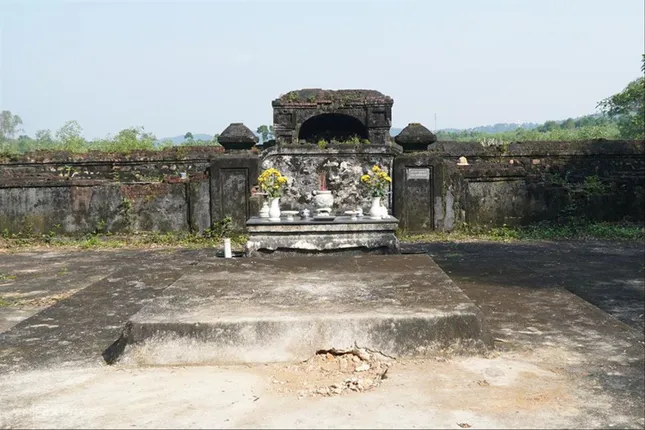


![[Photo] Lam Dong: Panoramic view of Lien Khuong waterfall rolling like never before](/_next/image?url=https%3A%2F%2Fvphoto.vietnam.vn%2Fthumb%2F1200x675%2Fvietnam%2Fresource%2FIMAGE%2F2025%2F11%2F20%2F1763633331783_lk7-jpg.webp&w=3840&q=75)
![[Photo] National Assembly Chairman Tran Thanh Man holds talks with South Korean National Assembly Chairman Woo Won Shik](/_next/image?url=https%3A%2F%2Fvphoto.vietnam.vn%2Fthumb%2F1200x675%2Fvietnam%2Fresource%2FIMAGE%2F2025%2F11%2F20%2F1763629724919_hq-5175-jpg.webp&w=3840&q=75)
![[Photo] President Luong Cuong receives President of the Senate of the Czech Republic Milos Vystrcil](/_next/image?url=https%3A%2F%2Fvphoto.vietnam.vn%2Fthumb%2F1200x675%2Fvietnam%2Fresource%2FIMAGE%2F2025%2F11%2F20%2F1763629737266_ndo_br_1-jpg.webp&w=3840&q=75)


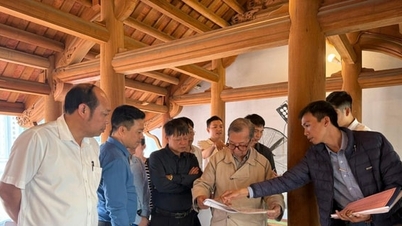




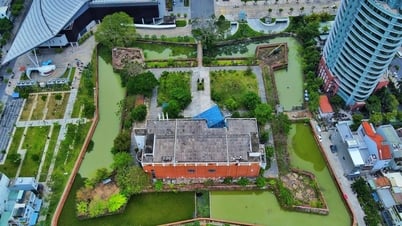



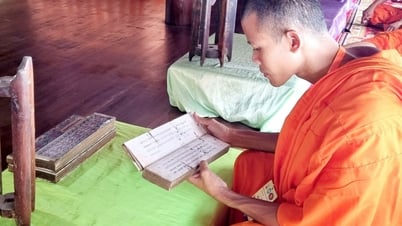





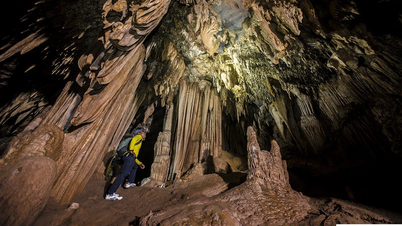

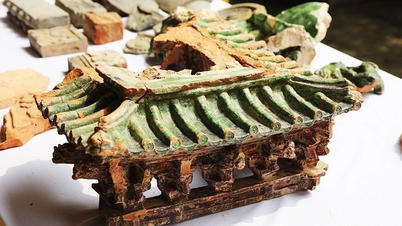

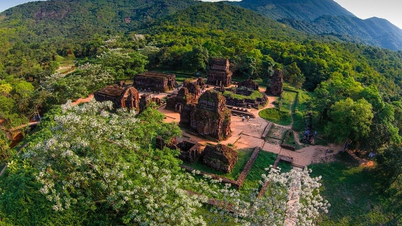

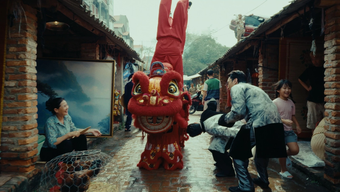


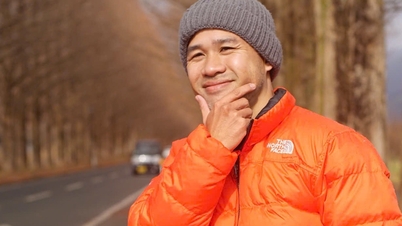
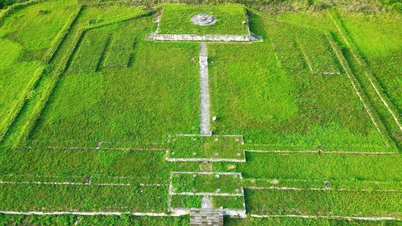

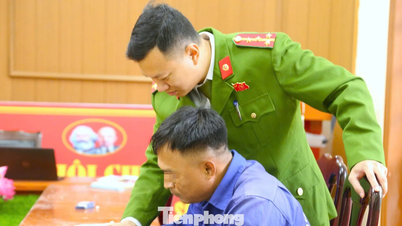




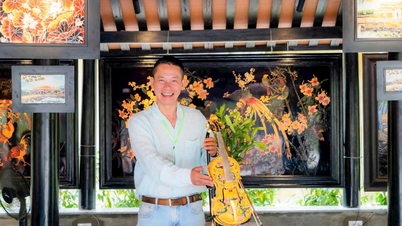

















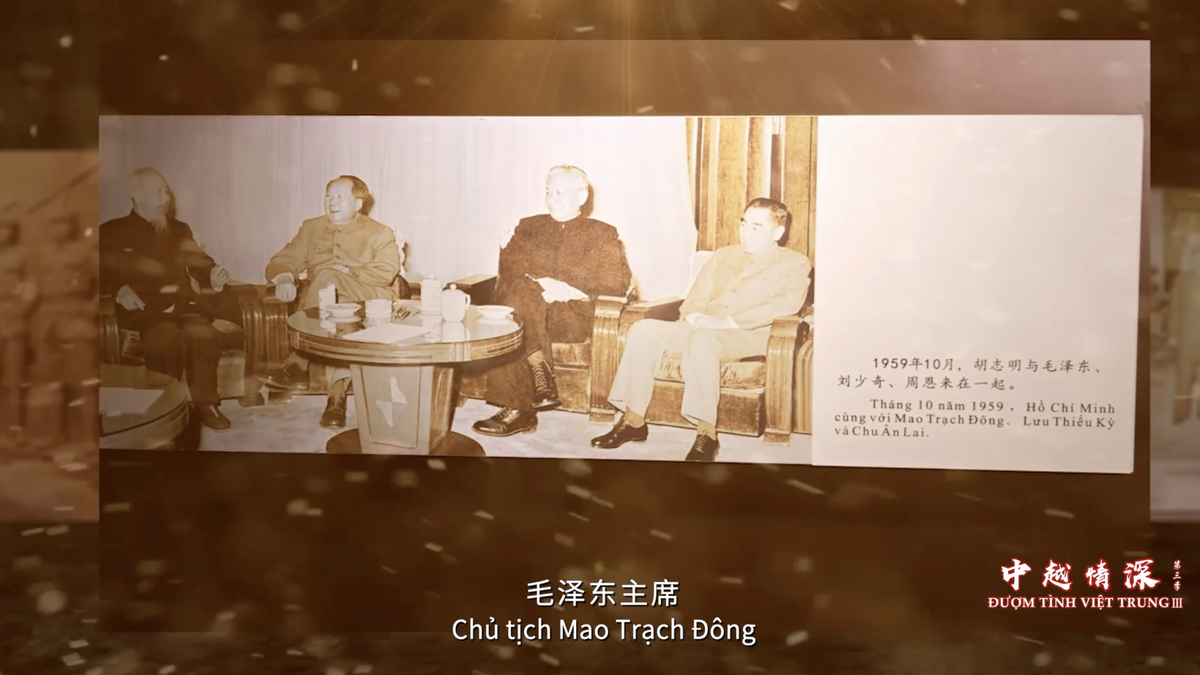

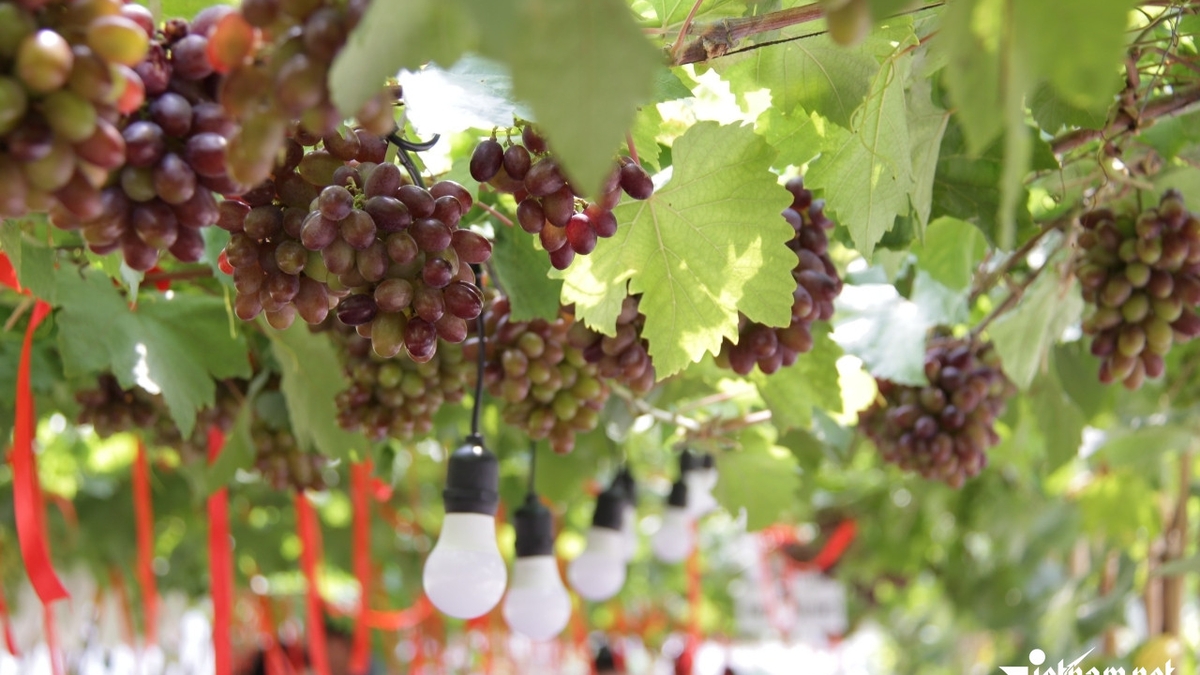







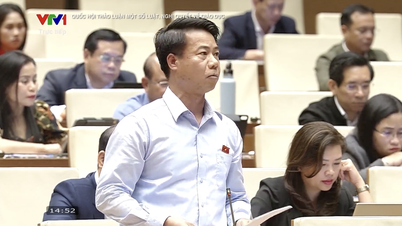



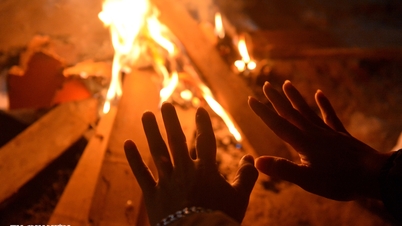








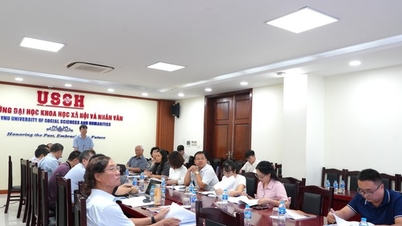
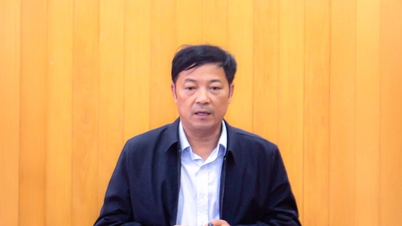






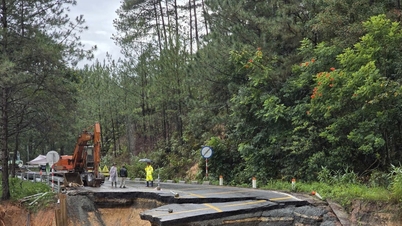


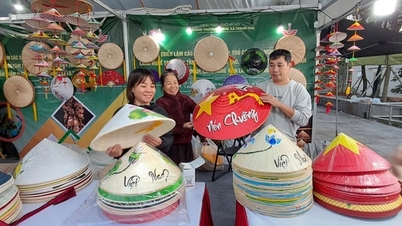
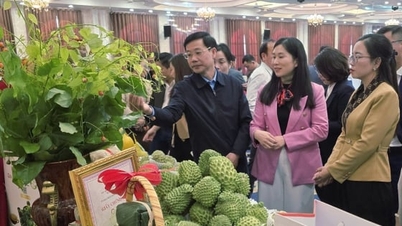
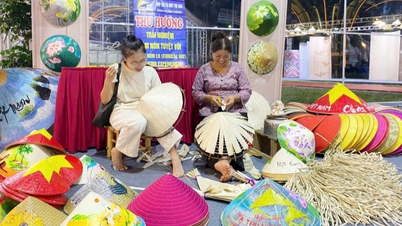




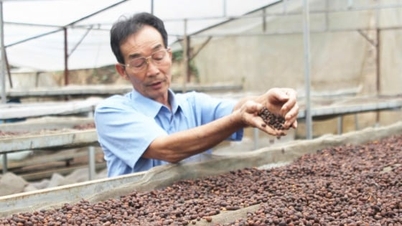



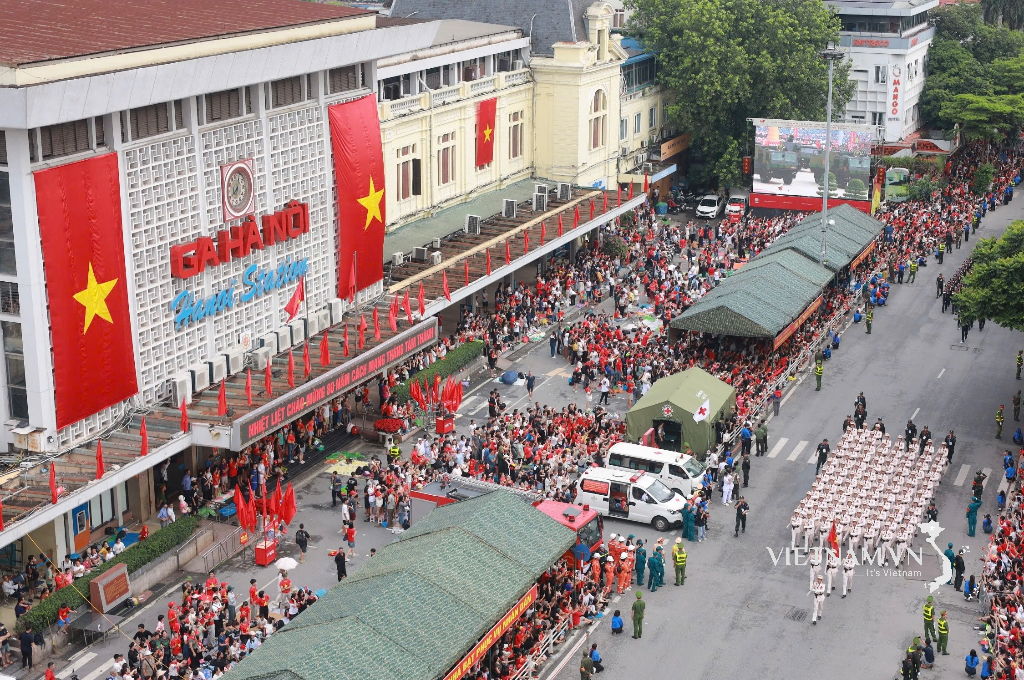

Comment (0)